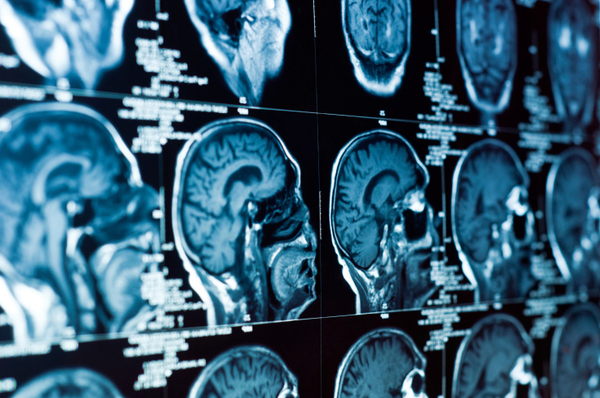當(dāng)前位置: Language Tips> VOA聽力> Normal Speed News VOA常速
分享到

Using powerful microscopes and imaging devices, Rice University researcher Amina Qutub can observe brain cells in a glass container and the connections they make with each other.
Normal brain activity results from those cells — called neurons — linking together in complex networks, and researchers are seeking a better understanding of how that happens.
"We are looking at how neural progenitors, which are cells that can regenerate in the brain, form active neural networks," she said.
Brain cells connect with each other through both chemical and electrical signals, and they utilize a variety of proteins to stimulate growth.
Qutub's team of Rice University scientists and technicians combine such fields as biology, electrical engineering and nanotechnology to unravel the mysteries of how this works.
"Any one cell here is influenced by all of its neighbors in the environment," Qutub said. "So, we are teasing out how that one cell, as it becomes an electrically active neuron, is affected by the community of cells."
'Elaborate, beautiful structures'
In the laboratory there is a piece of abstract art that is composed of images of neuron networks, showing their vast complexity.
"They form very elaborate and beautiful structures," Qutub said of the neurons, "and the different network structures relate to what they do, their function. What we are trying to figure out is what are the chemical signals that lead to a particular structure and, in turn, how does that chemical structure lead to the electrical signals that you get when you have active neurons."
The Rice research is supported in part by President Barack Obama's $300 million BRAIN Initiative, which is modeled after the Human Genome Project.
The research "opens up a huge door to better understanding the brain," Qutub said.
Like many other people around the world, Qutub has seen how a stroke or a disease such as Alzheimer's can disrupt brain function, and she hopes this research will one day provide better treatment.
"We are understanding the mechanism of how these cells can grow back, and with it we can identify better drugs and better targets from the basic science work," she said.
For now, the research team is focused on developing a dynamic computer model that can help analyze interactions in the world's most complex mechanism.
Vocabulary
progenitor:起源
nanotechnology:納米技術(shù)
來源:VOA
編輯:丁一
上一篇 : UN Youth Outreach Aims to Prevent Radicalization
下一篇 :
分享到
關(guān)注和訂閱


翻譯
關(guān)于我們 | 聯(lián)系方式 | 招聘信息
電話:8610-84883645
傳真:8610-84883500
Email: languagetips@chinadaily.com.cn